The 'pink shadows' of World War II: 'The Six Triple Eight' reveals the shocking truth!

3 | 0 Discuss | Share
Kaleidoscope, the name that evokes memories has been adapted into a movie with the title "Catching the Ghost Temple". However, after enjoying the movie, the feeling left behind is not an explosion of emotions, but a deep note of regret.
"Catching the Ghost Temple" is inspired by the familiar story collection "The Ghost Grave", combined with a few details from "Catching the Porcelain Flower Temple". The story revolves around Bruce Long's trip back to his hometown during the summer vacation, where the trio discovers the mysteries of the rumored "ghost on the lawn hill".
The village background is reproduced quite well, bringing a peaceful and rural space to Vietnam. Green rice fields, clear rivers, folk games such as river bathing, catching fish, grilling corn... all of them are reminiscent of an innocent and pure childhood. It can be seen that the producer has invested quite carefully in terms of images, wishing to recreate the scene of Vietnamese villages in the most authentic way 20 years ago.
The appearance of the trio of child actors Hung Anh (Quy Rom), Nhat Linh (Bruce Long) and Phuong Duyen (Little Hanh) also brought a new breeze. Instead of choosing familiar faces to the audience, director Vo Thanh Hoa believed in young talents.
They tried their best to transform into the character, bringing a cunning Quy Rom, a gentle Bruce Long and a smart little Hanh. However, due to the lack of acting experience, especially in segments that require complex psychological developments, the actors' expressions are still awkward at times. This is understandable and also a regrettable point of the film.
One of the things that makes viewers feel disappointed is the way the story is built. Instead of focusing on detective elements and thrilling mysteries, the film is spread out into everyday situations, lacking highlights and climaxes. The film circuit is prolonged by not very unique details, making the story fade.
The detective element, which is an important part of the attraction of Kaleidoscope, has not been fully exploited. This makes the film lose an important part of the spirit of the original.
The dialogue in the film is also a regrettable point. Instead of using everyday language, close to children, the dialogue is literary, clichéd and unnatural. Putting "philosophical" lines in the mouths of children of playing age makes the film become resistant and loses its inherent innocence.
However, besides the unfortunate points, "Catching the Ghost Temple" still has bright spots. The use of familiar songs such as "Kaleidoscope" and "Fairy Dream" evoked beautiful memories in the hearts of the audience. In particular, the appearance of the trio of actors in the TV version - Ngoc Trai, Vu Long and Anh Dao - in the first and last segments of the film has created an emotional connection between the two generations of viewers. This is perhaps one of the most rewarding moments of the film, bringing a bit of nostalgia and emotion to those who have ever loved Kaleidoscope.
The participation of actors Hua Minh Dat, Lam Vy Da, Trung Dan, Artist Thanh Loc... also contributes to making the film more lively. Hua Minh Dat as Gecko Bong has brought a character that is both hateful and pitiful, not inferior to the original version.
Looking at it objectively, "Kaleidoscope: Catching the Ghost Temple" has tried to recreate a part of her beautiful childhood through films about peaceful villages. However, the film could not fully convey the spirit of the original work, especially the detective element and the innocence and clarity of the school age. The focus on petty contradictions and clichéd dialogue has made the film lackluster and lacking in highlights.
Kaleidoscope: Catching the Ghost Temple continues to be a failure of Vietnamese cinema when the filmmaker only wants to hit the nostalgia and follow the old brand instead of bringing a good script and an attractive story.
Vo Thanh Hoa's creations and implementations are old and no longer suitable for the current time. Looking back at the newly launched Sister-in-law, although the idea is not new, the way Khuong Ngoc implements it is loved by viewers because of its closeness and familiarity. Thinking that this would be a good signal for Vietnamese films at the end of the year, Kaleidoscope Glass: Catching the Ghost Temple made the audience disappointed.
Perhaps, if you look at "Catching the Ghost Temple" as an independent work, for today's children's audience, the film still has certain values. However, when placed next to the Kaleidoscope monument that has been deeply imprinted in the minds of many generations, the film is inevitably compared and expectations have not been met.
"Kaleidoscope: Catching the Ghost Temple" closes the 2024 year of Vietnamese cinema with a deep note, reminding filmmakers of the importance of respecting the original work and capturing the core spirit of the work when adapting. Anyway, the beautiful memories of Kaleidoscope will live forever in the hearts of the audience, as an indispensable part of childhood baggage.
The "boss" of Vietnamese musical theater revealed: Ho Van Thanh "hidden" for many years? 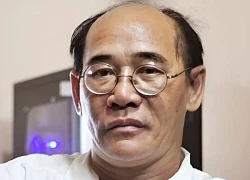 Khang Trần16:10:26 31/12/2024Musician Ho Van Thanh is one of the prominent names in the field of composing music for Vietnamese theater and cinema. Not only is he a person who contributes music to plays and films, he is also a silent artist through each note of music.
Khang Trần16:10:26 31/12/2024Musician Ho Van Thanh is one of the prominent names in the field of composing music for Vietnamese theater and cinema. Not only is he a person who contributes music to plays and films, he is also a silent artist through each note of music.

3 | 0 Discuss | Share

4 | 0 Discuss | Share

3 | 0 Discuss | Share
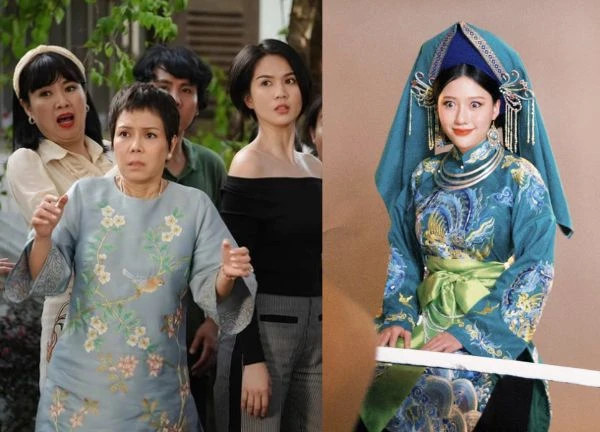
2 | 1 Discuss | Share
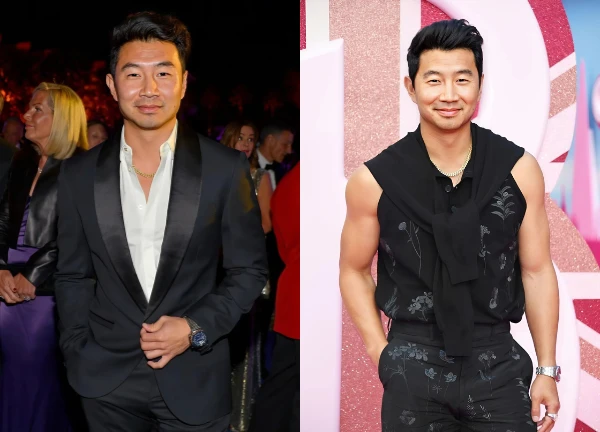
1 | 0 Discuss | Share
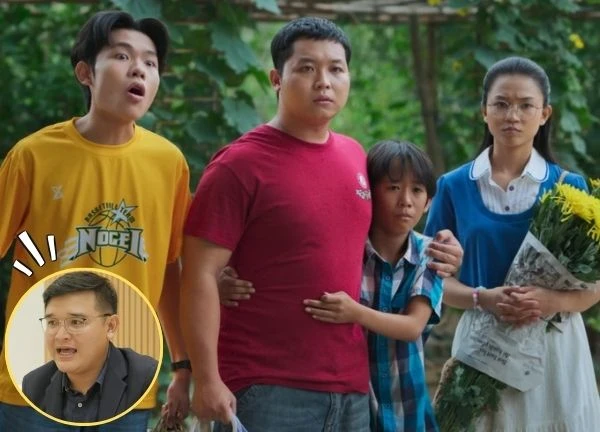
1 | 0 Discuss | Share

1 | 0 Discuss | Share

3 | 1 Discuss | Share
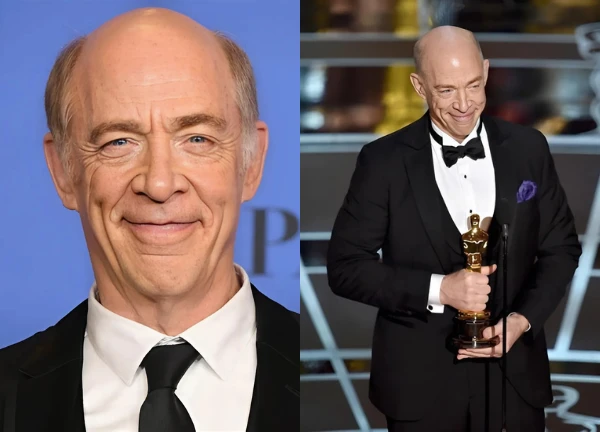
4 | 0 Discuss | Share
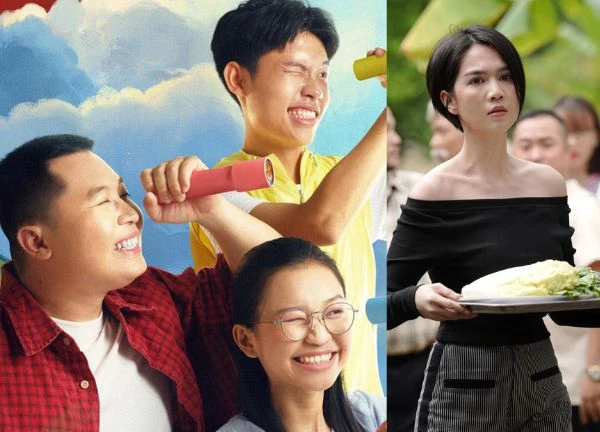
2 | 1 Discuss | Share
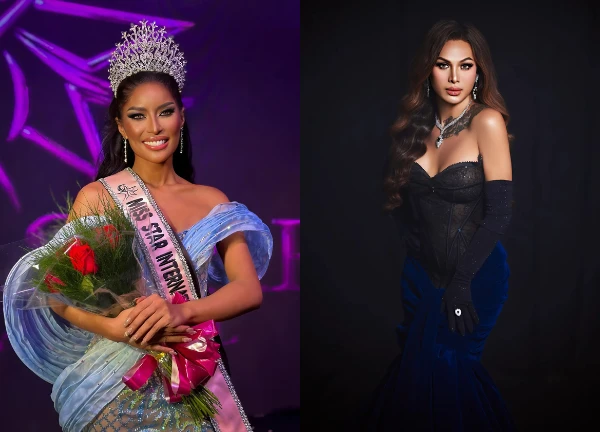
1 | 1 Discuss | Share
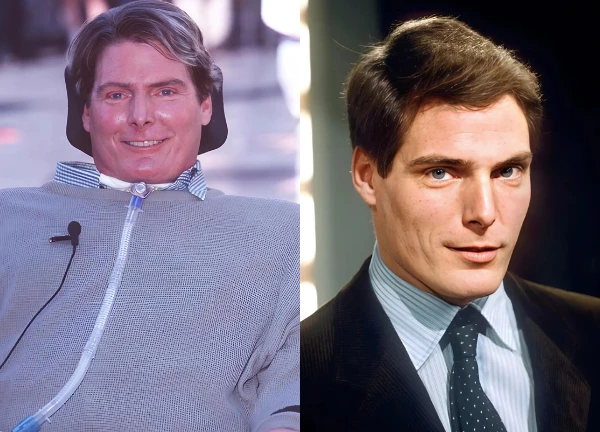
1 | 0 Discuss | Share



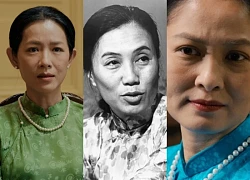
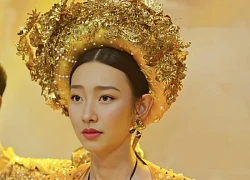


3 | 0 Discuss | Report